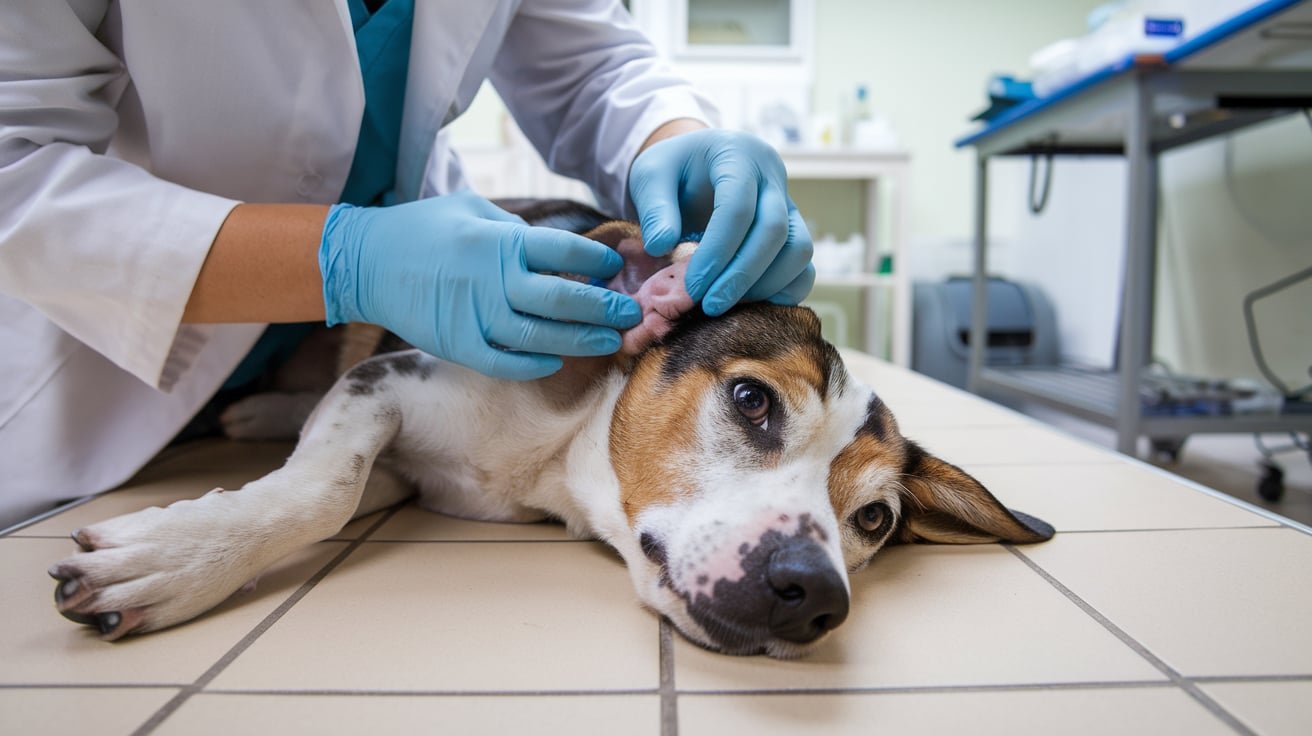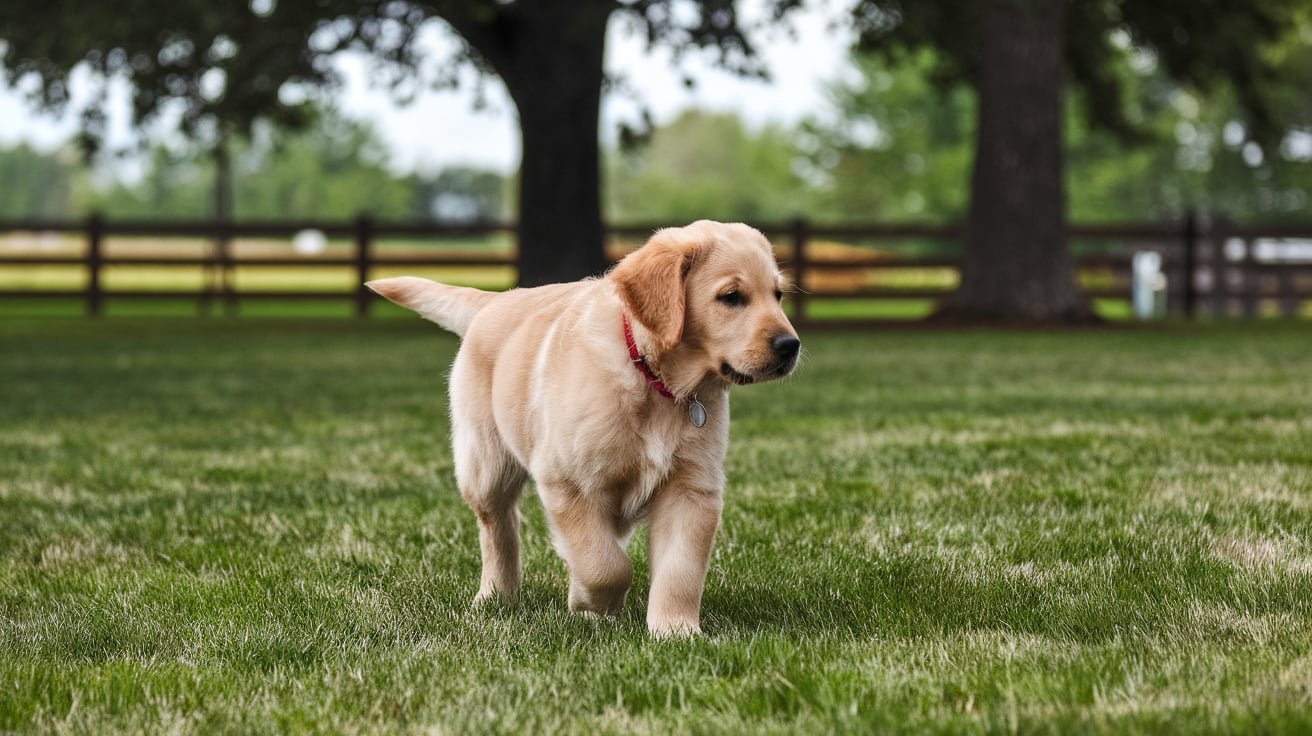How Long Are Dogs in Heat? A Detailed Guide for Dog Owners
If you’re a dog owner, you’ve likely heard about a dog’s heat cycle, but understanding it can be a bit tricky. Whether you have a young pup or a mature dog, knowing how long dogs are in heat is crucial for your pet’s health and well-being. This article will guide you through what to expect, how to manage it, and why it’s important.
What Does It Mean When a Dog is in Heat?
When a dog is in heat, it’s the stage in her reproductive cycle when she’s ready to mate. This period is often called “estrus” and is accompanied by physical and behavioral changes. If you’ve noticed your female dog acting differently, you might be dealing with this phase.
My neighbor once told me how confused she was when her dog, Daisy, started acting more clingy and had a little bleeding. That was Daisy’s first heat cycle, and my neighbor didn’t know what to do. If you’re in the same boat, don’t worry! Understanding the cycle can make it much easier to handle.
The Four Stages of the Dog Heat Cycle
The heat cycle in dogs is divided into four distinct stages, each playing a unique role:
- Proestrus (7-10 days): This is the initial stage where you’ll notice swelling of the vulva and light bleeding. Even though your dog is not yet ready to mate, you’ll see behavioral changes like increased affection or restlessness.
- Estrus (5-14 days): This is the phase when your dog is most fertile. Bleeding usually decreases, and she’s ready to accept a mate. You may observe her tail moving to the side, a behavior often called “flagging.” This is the time when you’ll need to be extra careful if you don’t want her to become pregnant.
- Diestrus (60-90 days): During this phase, your dog’s body either supports a pregnancy or returns to normal if she hasn’t mated. This stage lasts longer, and you’ll notice fewer visible signs.
- Anestrus (4-6 months): This is the resting stage between cycles where your dog’s body prepares for the next cycle.
So, How Long Is a Dog in Heat?
In total, dogs are in heat for about 2-4 weeks, with the most noticeable symptoms occurring in the estrus and PROESRTRUS stages. On average, expect around three weeks. However, every dog is unique, so this timeframe can vary slightly.
I remember when my dog, Bella, first went into heat. I was surprised because it lasted almost a full month! I kept wondering if something was wrong. But after talking to my vet, I learned that it was completely normal for some dogs to have longer cycles.
Signs Your Dog is in Heat
Here’s how to tell if your dog is in heat:
- Swollen vulva: This is one of the first signs.
- Vaginal discharge: It’s usually bloody but changes in color as the cycle progresses.
- Increased urination: Your dog might be marking more frequently.
- Behavioral changes: She might be more affectionate or even slightly anxious.
How Often Do Dogs Go into Heat?
Most female dogs have their heat cycles every six months, although this can depend on factors like breed and age. Smaller breeds tend to have more frequent cycles, while larger breeds might only go into heat once a year. If you’re planning to spay your dog, your vet will usually recommend doing so before her first cycle to avoid unwanted pregnancies and reduce the risk of certain health issues.
How to Care for a Dog in Heat
Having a dog in heat can be challenging, especially if it’s your first experience. Here are some tips to make it easier:
- Keep Her Comfortable: During this time, your dog may be more sensitive. Create a cozy space where she can relax. Some owners use special dog diapers to manage the mess from bleeding.
- Limit Walks and Outdoor Time: When your dog is in estrus, male dogs will be more interested in her. Avoid letting her roam freely during this time to prevent unwanted attention.
- Engage Her Mind: Dogs in heat can be a bit restless. Toys and interactive games can help distract her.
- Monitor Her Health: Watch for any unusual symptoms, such as excessive bleeding or discomfort. If you’re ever unsure, consult your vet.
Products to Help Manage a Dog in Heat
From dog diapers to special cleaning products, there are plenty of tools to make this period more manageable. For example, disposable dog diapers are a convenient way to control the mess while your dog is indoors. Some owners prefer reusable, washable options for a more eco-friendly approach.
There are also calming supplements specifically designed to help ease anxiety during a heat cycle. If you notice your dog becoming unusually stressed, these can make a big difference.
Final Thoughts
Understanding how long dogs are in heat and what to expect during the cycle will make you a more prepared and confident pet owner. Whether you’re considering breeding or just trying to get through the process, being informed is key.
It’s always best to talk to your vet if you’re unsure about any symptoms or behaviors your dog is showing. Every dog is different, and having expert guidance can be invaluable. And if you’re in need of products to help manage this phase, consider exploring options that fit your lifestyle.
So next time your furry friend starts showing signs of being in heat, you’ll be ready to support her through the process!
What not to do when your dog is in heat
- Don’t Leave Her Unsupervised Outside: Male dogs will be attracted to her scent.
- Avoid Intense Exercise: She may be more tired or uncomfortable.
- Don’t Ignore Her Behavior Changes: Comfort her if she’s anxious or clingy.
- Don’t Skip Hygiene Care: Regularly clean her space and consider dog diapers to manage discharge.
Common behaviors of a female dog in heat
- Increased affection and clinginess
- Frequent urination
- Swollen vulva and light discharge
- More vocal and restless
- Tail flagging (moving to the side) to attract males



